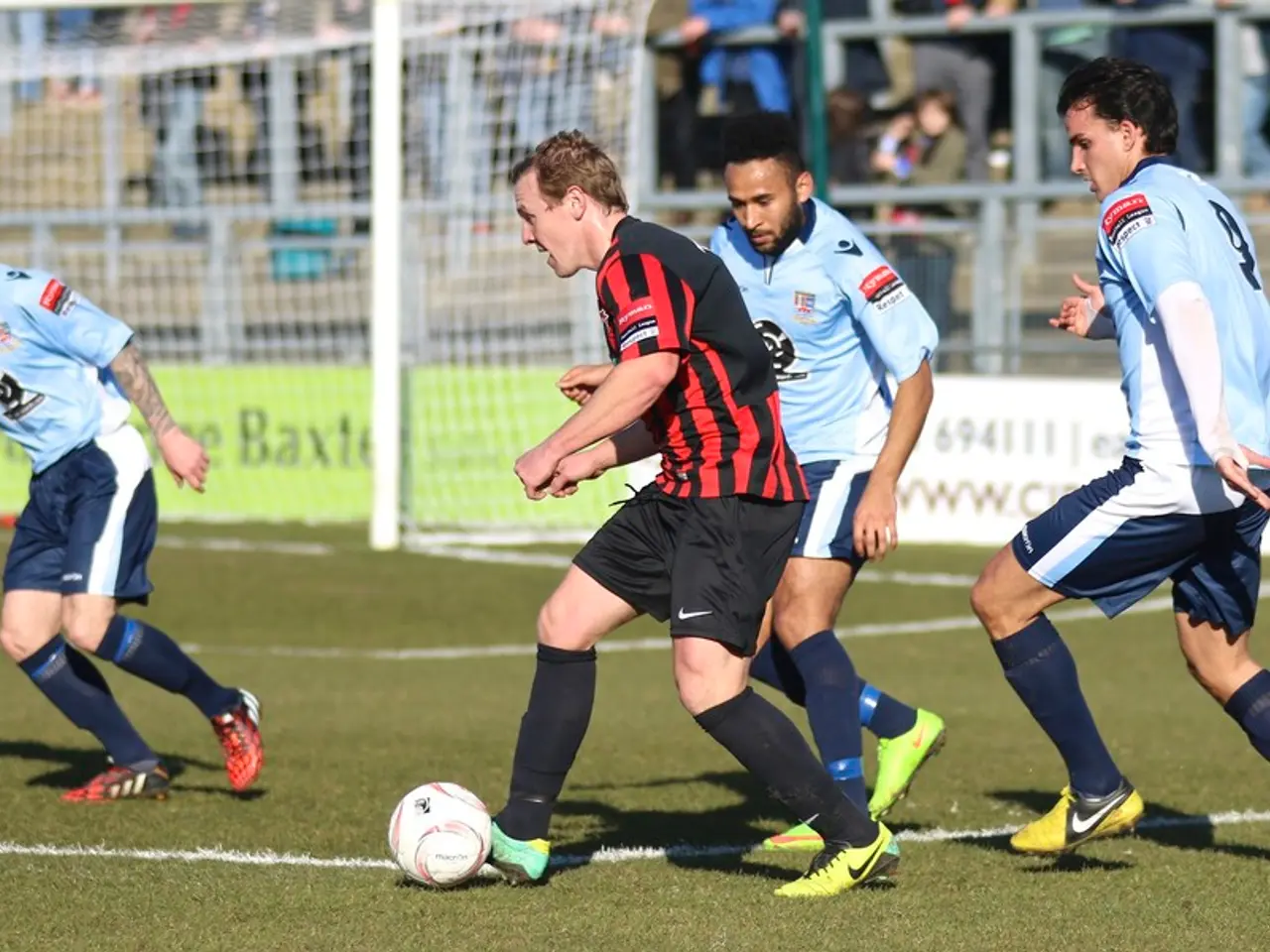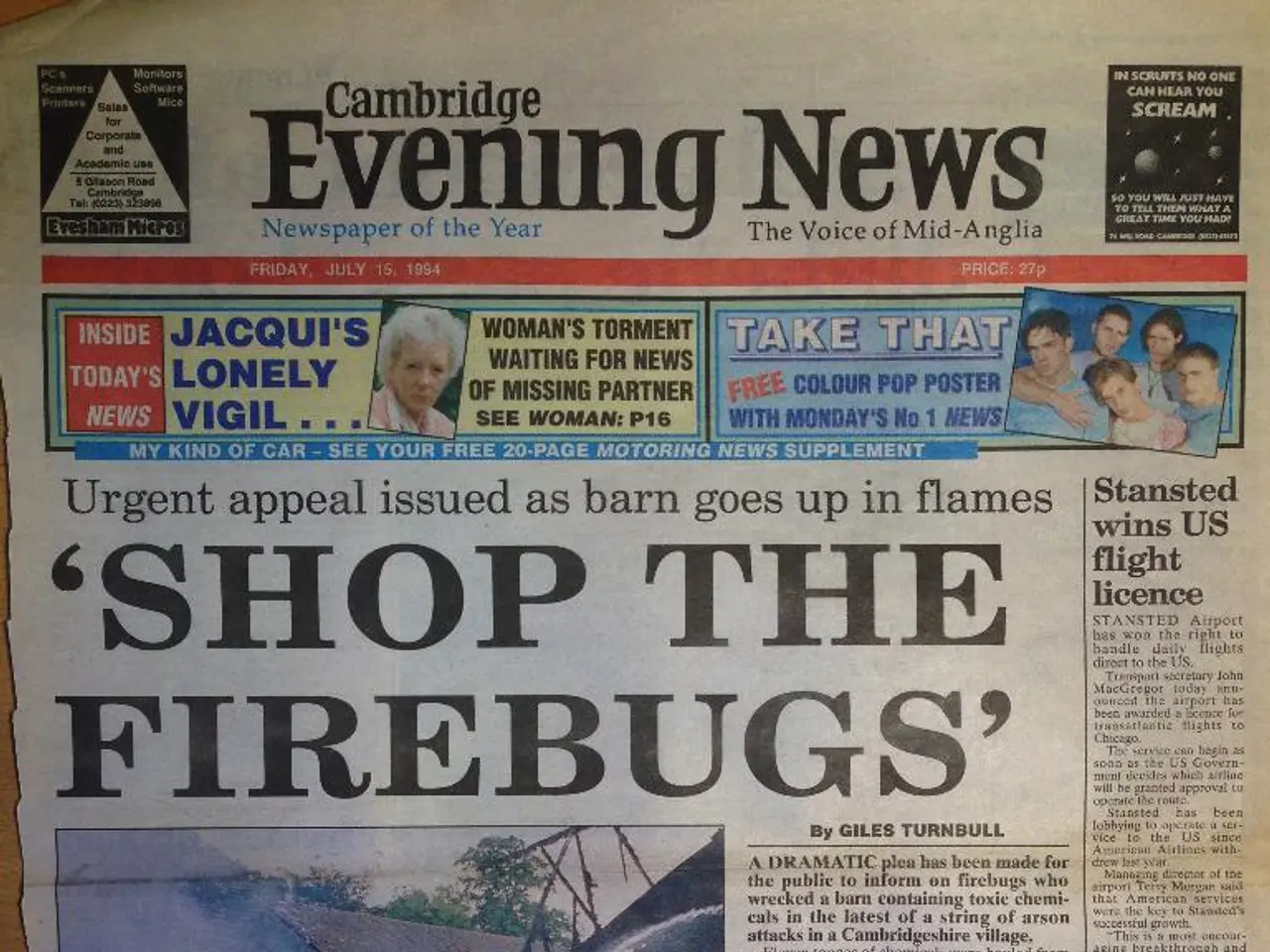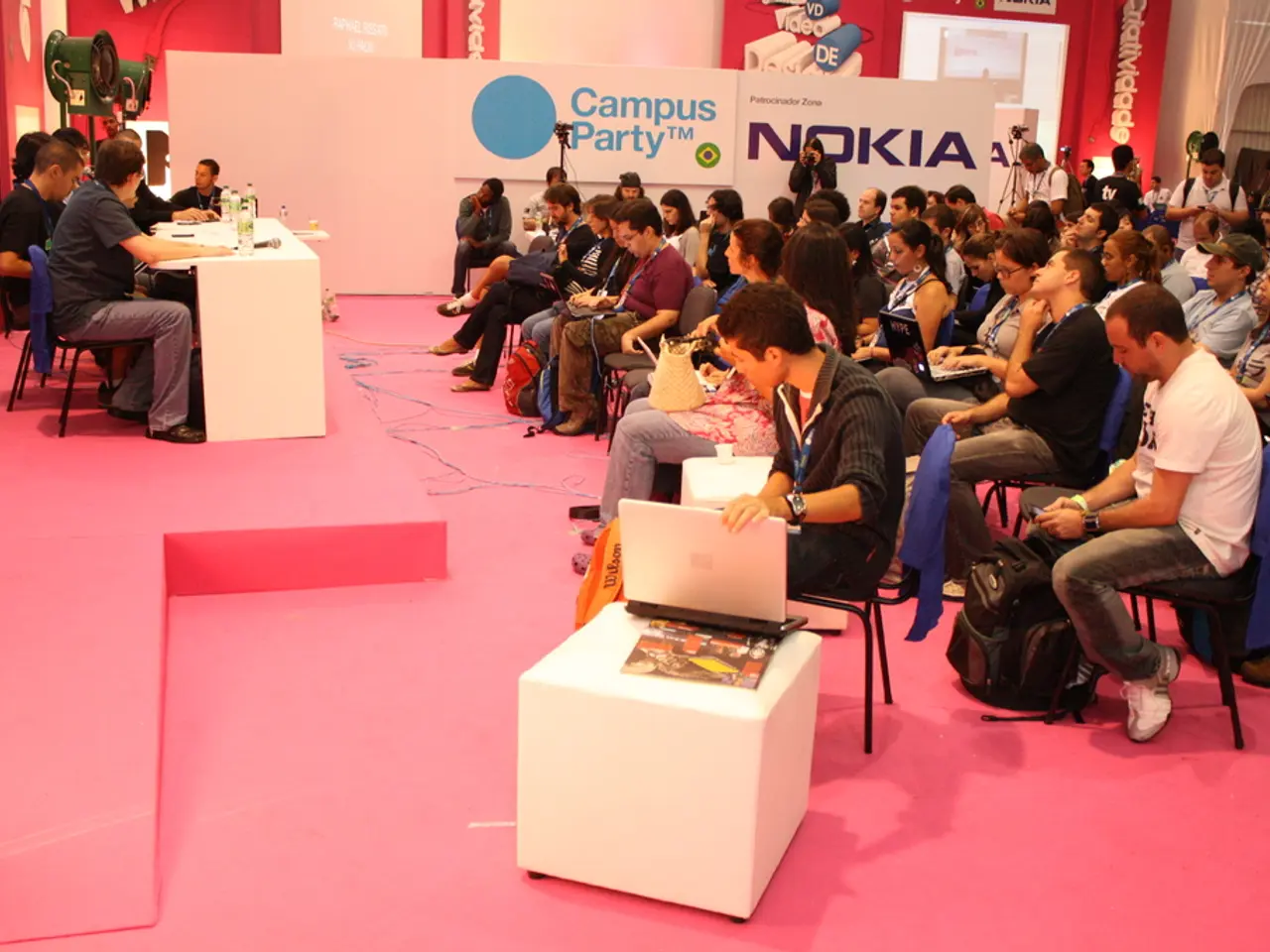Discussing Ethnic Diversity Ahead of Euro 2025: A Potential Source of Contention?
In the world of European football, a significant disparity exists between the diversity levels in women's and men's teams. This disparity is particularly evident in England, where the women's team, known as the Lionesses, have a lower diversity rate compared to the men's squad[1].
To address this issue, various strategies are being implemented at both the grassroots and broader levels. At the grassroots level, efforts include institutional changes, awareness campaigns, coaching development, and the implementation of quotas to ensure equal opportunities[2].
One innovative approach is the Zuřikick program, designed to make football more accessible for girls from diverse cultural backgrounds. By integrating football into the school environment, Zuřikick aims to break down barriers and encourage participation[3].
Switzerland, host of Euro 2025, has launched this program, offering free weekly football training to girls at schools. Accessibility is a key focus, ensuring that football becomes a more inclusive sport[3].
The French Football Association (FFA) has also taken steps to promote diversity. With a dense network of clubs offering girls and women's football throughout the country, the FFA views the diversity brought by this network as an asset for the national team[4].
Clara Mateo, a French attacker, emphasizes the unity on the pitch despite regional differences[4]. This unity, combined with the open, comfortable atmosphere in the stands and outspoken players, is a big part of the draw for women's football[5].
The English FA has also launched a four-year strategy to boost diversity in girls and women's football[1]. Germany's tournament squad is less diverse than its broader population, highlighting the need for similar initiatives in other countries[1].
Despite these efforts, it's important to note that limited access to football in certain communities means that Euro 2025 may not fully reflect the diversity of the nations being represented[6].
Swelling crowds in cities like Barcelona, Munich, and London are cheering on global stars, but the true success lies in the increased diversity and inclusivity that these efforts are striving for[6]. As European football continues to evolve, the focus on diversity and accessibility is set to play a crucial role in shaping the future of the sport.
[1] - Three years ago, England's squad had just 13% players of Black ancestry, and currently, it is 17%. [2] - Not everyone in the Zuřikick program needs to play football, but everyone should have the opportunity to try it out, according to Schweizer. [3] - Switzerland, host of Euro 2025, has launched a program called Zuřikick to offer free weekly football training to girls at schools, with accessibility as a key focus. [4] - The French Football Association (FFA) has a dense network of clubs offering girls and women's football throughout the country. [5] - France's women's football squad reflects the diversity of French culture, according to its players. [6] - European fans of women's football tend to be younger and more female than men's football. [7] - Limited access to football in certain communities means Euro 2025 doesn't reflect many of the nations being represented. [8] - One English fan in Zuřich expressed the importance of diversity in football. [9] - Many football associations are focusing on making football more accessible at the grassroots level to increase diversity at the elite level. [10] - Germany's tournament squad is less diverse than its broader population. [11] - Regula Schweizer, Project Lead for the Euros in Zuřich, emphasizes the importance of making everyone feel welcome in the Zuřikick program. [12] - An open, comfortable atmosphere in the stands and outspoken players is a big part of the draw for women's football. [13] - FFA views the diversity brought by this network as an asset for the national team. [14] - Women's football in Europe is significantly whiter than men's football. [15] - Swelling crowds are cheering on global stars from Barcelona, Bayern Munich, and Chelsea.
- The significant disparity in diversity levels between European men's and women's football teams is being addressed through various strategies at both grassroots and broader levels.
- One innovative approach to promoting diversity in European football is the Zuřikick program, designed to make football more accessible for girls from diverse cultural backgrounds.
- Switzerland, as the host of Euro 2025, is offering free weekly football training to girls at schools through the Zuřikick program, with a focus on accessibility.
- The French Football Association (FFA) views the diversity brought by its extensive network of clubs offering girls and women's football throughout the country as an asset for the national team.
- England's Football Association (FA) has launched a four-year strategy to boost diversity in girls and women's football, similar to initiatives in other countries, such as Germany.




